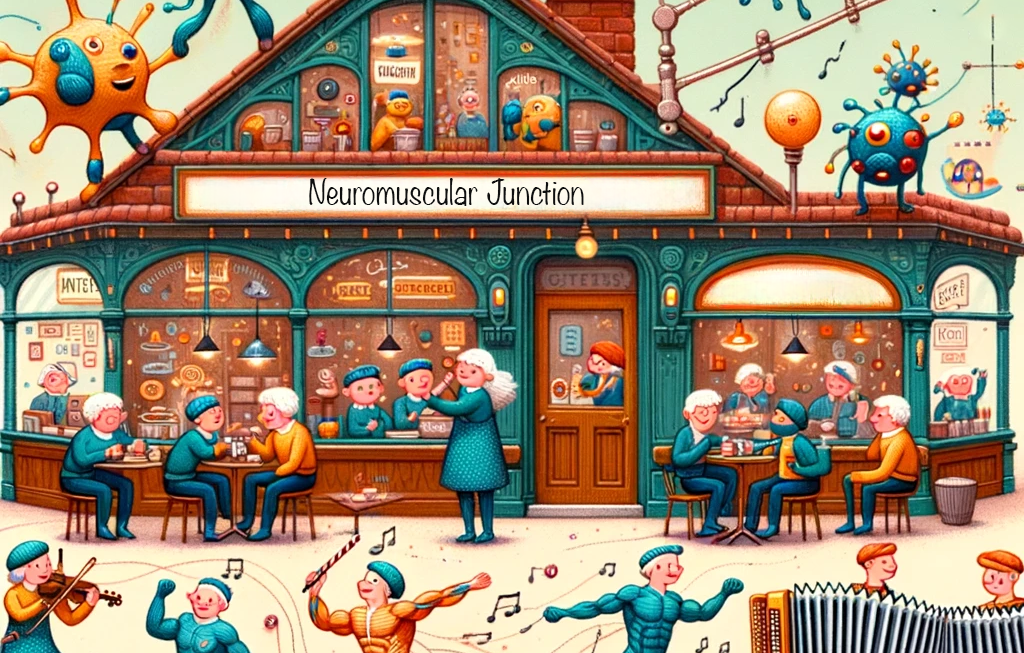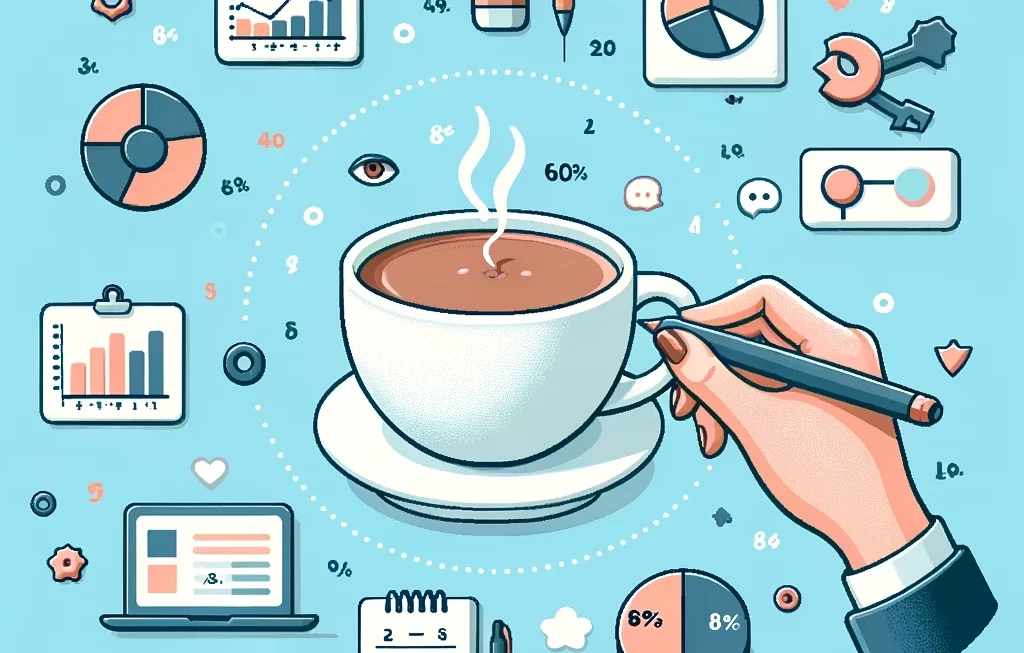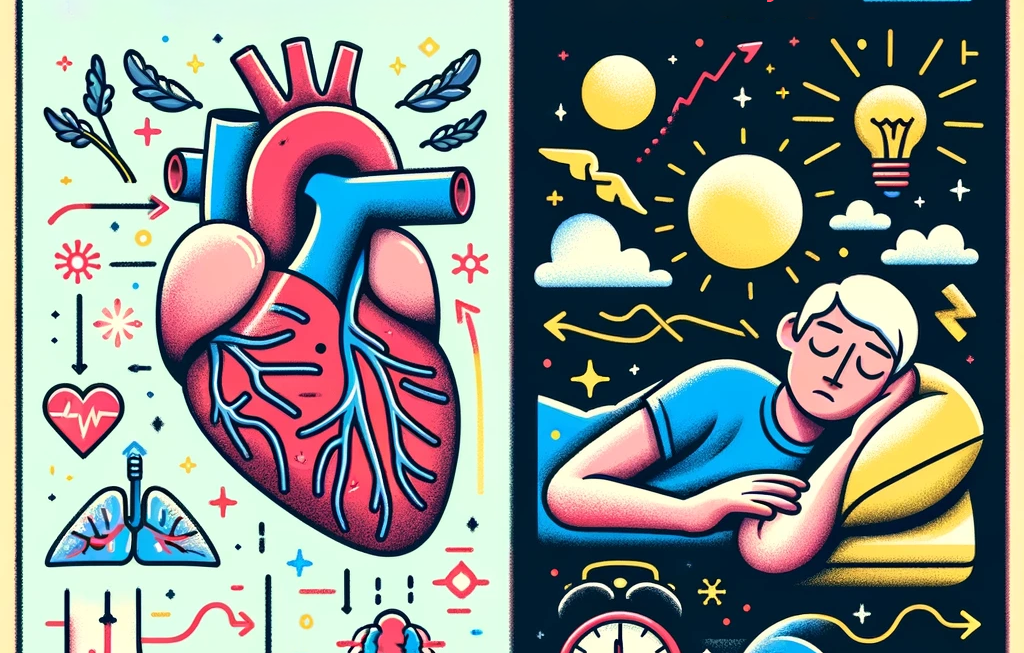After exploring the mysterious world of the autonomic nervous system, it’s time to zoom in even closer and uncover how we actually move. Imagine your body as a finely tuned orchestra, with each musician playing their part to create the symphony of movement. In this guide, we’ll break down this complex process into three main acts: the Neuromuscular Junction, Signal Transmission, and Muscle Contraction Mechanisms. So, let’s put on our learning hats and discover the magic behind each step, step by step, in the simplest way possible.
The Neuromuscular Junction: Where Nerves Meet Muscles
Think of the neuromuscular junction as a place where your nerves and muscles have their first date. It’s like when two friends, a nerve cell and a muscle cell, decide to meet at a coffee shop to exchange secret handshakes (messages) that say, “It’s time to move!” For example, when you decide to wink at your friend, your brain sends a special “wink now” message that travels to your eyelid muscles for that quick blink.
Signal Transmission: Passing the Baton
Now, how does this “move now” message get passed along from the brain to the muscle? Imagine a relay race where runners (the signal) pass the baton (the message) along a track (the nerve pathway). The race starts in your brain, zips down your spinal cord, and reaches the nerve endings at the neuromuscular junction. It’s a speedy process, ensuring that the message gets where it needs to go without delay. This is signal transmission at work, making sure that your intention to move translates into actual movement.
Muscle Contraction Mechanisms: The Magic of Movement
Finally, the moment we’ve been waiting for: turning the message into action. When the muscle receives its “move now” coffee, it undergoes a fascinating transformation. Think of your muscle as a toy accordion that can stretch and contract. Inside the muscle, tiny molecules pull together and push apart, making the muscle contract (shorten) and then relax (lengthen). This is what causes your arm to lift that cup of coffee or your legs to take a step. It’s an intricate dance on a microscopic level, with each step perfectly choreographed to result in smooth, controlled movement.
From a friendly meetup at the neuromuscular junction to the swift passing of the baton in signal transmission, and finally to the accordion-like dance of muscle contraction, the journey of movement is a complex yet beautifully orchestrated process. It shows just how amazing our bodies are, performing countless tasks effortlessly and efficiently every day. So next time you take a walk, type on your keyboard, or simply wave to a friend, remember the incredible series of events happening within you to make those actions possible.
FAQs
Q: Can we strengthen the neuromuscular junction? A: Yes! Regular exercise and physical activity can help make the communication between your nerves and muscles even better, much like improving the ambiance of the coffee shop to make the chats more productive.
Q: What affects the speed of signal transmission? A: Many factors, including the health of your nerves and muscles, and how often you perform certain movements. Practice makes perfect, and it also makes signal transmission faster!
Further Exploration
To dive deeper into the wonders of how we move, check out these easy-to-read resources:
- Explained Simply: How Muscles Work – A beginner’s guide to the mechanics of muscle movement.
- The Body’s Symphony of Movement – An illustrated journey through the process of moving from thought to action.




